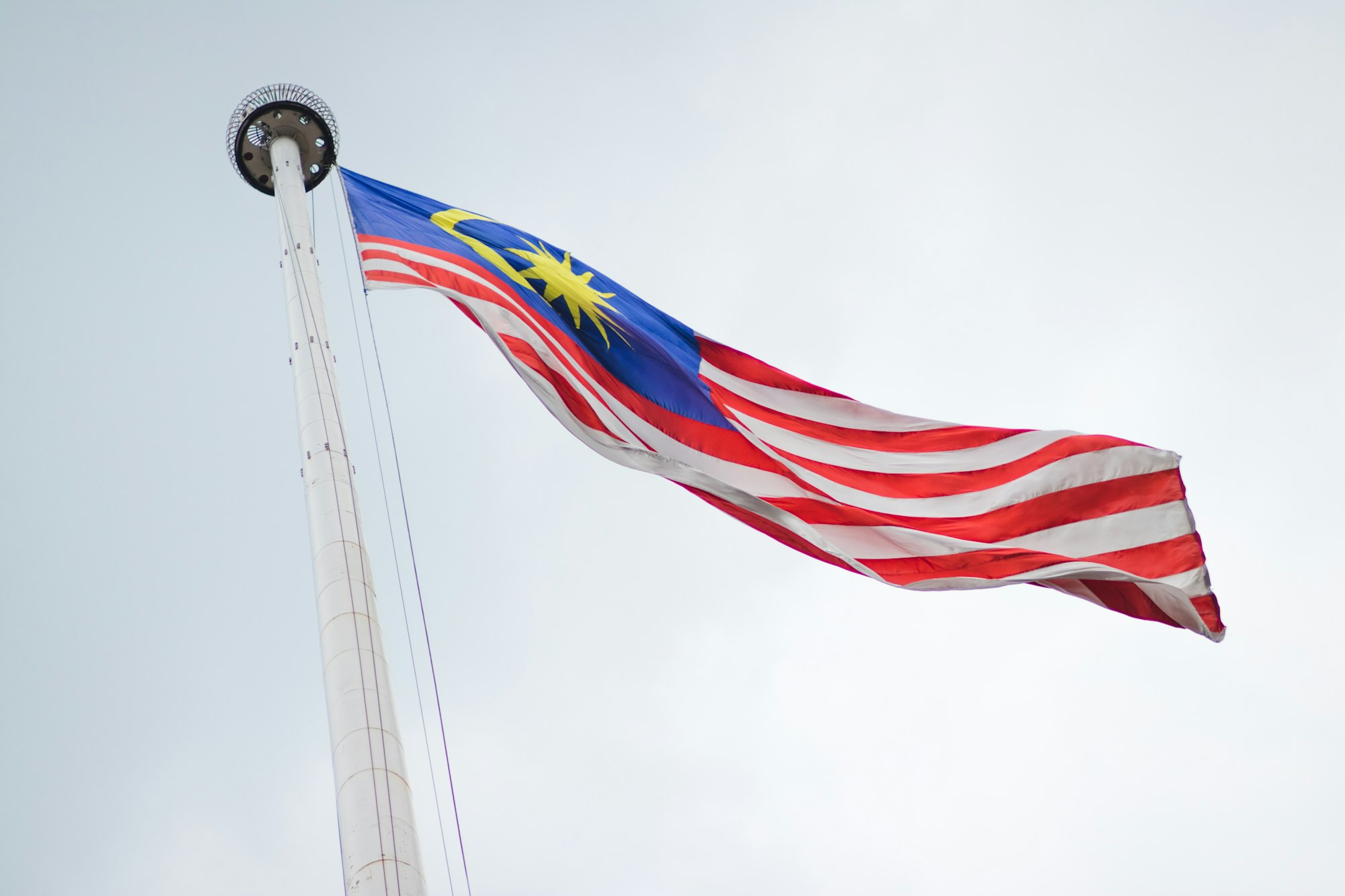
Differences Between Japan and Malaysia 1~5
 Tako
•
•
3 min read
Tako
•
•
3 min read
Discover the differences between Japan and Malaysia. From obvious things to stuff we found out living here. This will be the first of several posts on the topic.
1. Currency
One of the most obvious differences is of course the different currencies. Japan's currency is Japanese Yen 円 with code JPY and currency symbol ¥. Malaysia's currency is Malaysian Ringgit with code MYR and currency symbol RM. For the past year or so, the conversion rate between the two currencies is RM3.7 ~ 4.0 = 100 yen.
💡 A quick but rough (agak-agak) way to convert JPY to MYR is to use 1,000 yen = RM40 as a base and do the math. For example, 2.5k yen = RM100. At time of writing, the correct conversion is RM92.98 which is pretty close.
2. Religion
Japan's two major religions are Shintoism and Buddhism. This is kind of obvious considering the numerous Shinto shrines and Buddhist temples all over the country. Japan practices freedom of religion, there are many other minority religions here including Christianity, Jehovah's Witnesses, and more. There are also several "new religions" that are more like cults.

Malaysia is an Islamic country with Islam as its official religion. The country practices freedom of religion with Buddhism being the second most practiced religion after Islam, followed by Christianity, Hinduism, and others.
3. Race
Japan's main race is Japanese. There is also indigenous races like the Ainu people from Hokkaido, and the Ryukyuan people in Okinawa (previously Ryukyu Islands).
Malaysia is a multiracial country. The three big races are Malays, Chinese, and Indians. The majority of the population is made up of Malays, followed by Chinese, Indians, and others (called lain-lain in Malaysia). There are plenty of indigenous people called Orang Asli in Malaysia, most of them are in West Malaysia.
4. Language
Japan's main language is Japanese (duh). Although English is part of the compulsory education here, Japanese people can hardly understand or speak English unless they make an effort to keep up with the language after school. Japan also has other indigenous languages like Ryukyuan which is spoken by Ryukyuan people, and Ainu spoken by the Ainu. Both these indigenous languages are in danger of extinction, with certain dialects having already gone extinct.
Malaysia's official and national language is Malay, or Bahasa Melayu, or Bahasa Malaysia. Malay is quite similar to Indonesia which makes for easy communication between our countries. Both Malay and English are a part of the compulsory education here. Also, since Malaysia is a multicultural and multi-religion country, there are vernacular Chinese and Tamil schools, religious schools alongside government established schools. Thanks to this, most Malaysians are bilingual or multilingual.
Pancake and I can speak English, Chinese, Malay, and Japanese. Foreigners and Japanese that we meet are always very impressed by our multilingual ability, but to us Malaysians this is quite common.
5. Seasons

Japan is blessed with the four seasons of spring, summer, autumn, and winter. Rainy season, or Tsuyu 梅雨, starts from June to July.
Malaysia experiences summer all year round. Malaysia has two rainy seasons, also known as monsoon season. Rainy seasons in Malaysia is usually between May and September in the western peninsula; and between October and March in the eastern peninsula.
More to Come
There is lots more to cover on this topic which will be covered in another post. Off the top of my head, I can think of other differences like food, natural disasters, water quality, housing, internet, fashion ++ I think 5 topics in a post is a pretty good balance for you guys to read, and for myself to write as well.
~( ˘▾˘~) Until next time~~